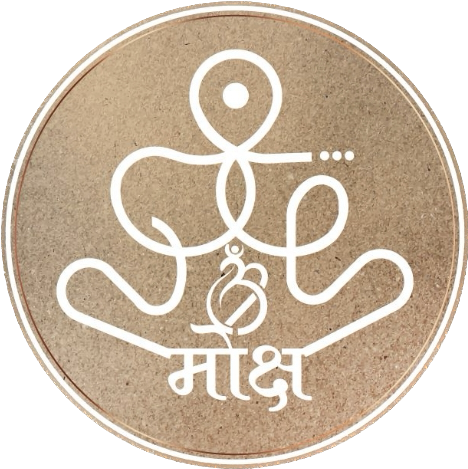Debunking Myths: Understanding Vata, Pitta, and Kapha in Ayurveda
Introduction to Ayurveda
Ayurveda is an ancient system of medicine that originated in India over 5,000 years ago. It emphasizes a holistic approach to health, balancing the body, mind, and spirit. Central to Ayurvedic philosophy are the three doshas: Vata, Pitta, and Kapha. These doshas are believed to be biological energies found throughout the human body and mind. Understanding these doshas can be key to achieving optimal health and well-being.
Despite its ancient roots, Ayurveda is often misunderstood. Many myths and misconceptions surround the doshas, leading to confusion about their true nature and how they influence our health. This post aims to debunk some of these myths and provide a clearer understanding of Vata, Pitta, and Kapha.
- Beyond Lables : The Essence of Doshas - Dosha's are not personality boxes, they are dynamic energies guiding our physical and mental tendencies.

Vata Dosha: The Energy of Movement
Vata is associated with the elements of air and space. It governs all movement in the body, including circulation, breathing, and the nervous system. People with a dominant Vata dosha are often described as energetic, creative, and flexible. However, when out of balance, Vata can lead to anxiety, insomnia, and digestive issues. A common myth is that Vata types are always underweight and frail. While it's true that Vata individuals may have a leaner build, this is not a universal rule. It's important to focus on maintaining balance through grounding foods, regular routines, and practices that promote calmness.

Balancing VataTo keep Vata in check, it's beneficial to incorporate the following habits:
- Maintain a consistent daily routine.
- Eat warm, nourishing foods.
- Engage in calming activities like yoga or meditation.
Pitta Dosha: The Energy of Transformation
Pitta is linked to the elements of fire and water and is responsible for metabolism and digestion. Those with a predominant Pitta dosha are often intelligent, ambitious, and strong-willed. However, an imbalanced Pitta can result in anger, irritability, and inflammation.
A myth associated with Pitta is that individuals with this dosha are always aggressive or fiery-tempered. While Pitta types can exhibit strong emotions, they also possess a great capacity for compassion and leadership when balanced. Cooling practices and environments can help maintain their equilibrium.

Balancing Pitta
Consider these tips to balance Pitta:
- Incorporate cooling foods like cucumbers and melons.
- Engage in calming activities such as swimming.
- Avoid excessive heat or spicy foods.
Kapha Dosha: The Energy of Stability
Kapha is associated with earth and water elements, providing structure and stability to the body. People with a dominant Kapha dosha are typically calm, grounded, and nurturing. However, when out of balance, Kapha can lead to lethargy, weight gain, and congestion.
A common myth is that Kapha types are always overweight or lazy. In reality, Kaphas can be incredibly strong and resilient when balanced. It's crucial to engage in stimulating activities and maintain a dynamic lifestyle to prevent stagnation.

Balancing Kapha
To keep Kapha balanced, try the following:
- Engage in regular physical activity.
- Eat light and spicy foods.
- Keep a varied daily routine.
Conclusion
Understanding Vata, Pitta, and Kapha can provide valuable insight into your personal health and well-being. By debunking common myths and misconceptions about these doshas, we can better appreciate their role in our lives. Embracing Ayurvedic principles allows for a more harmonious existence, promoting balance within ourselves and with the world around us.
